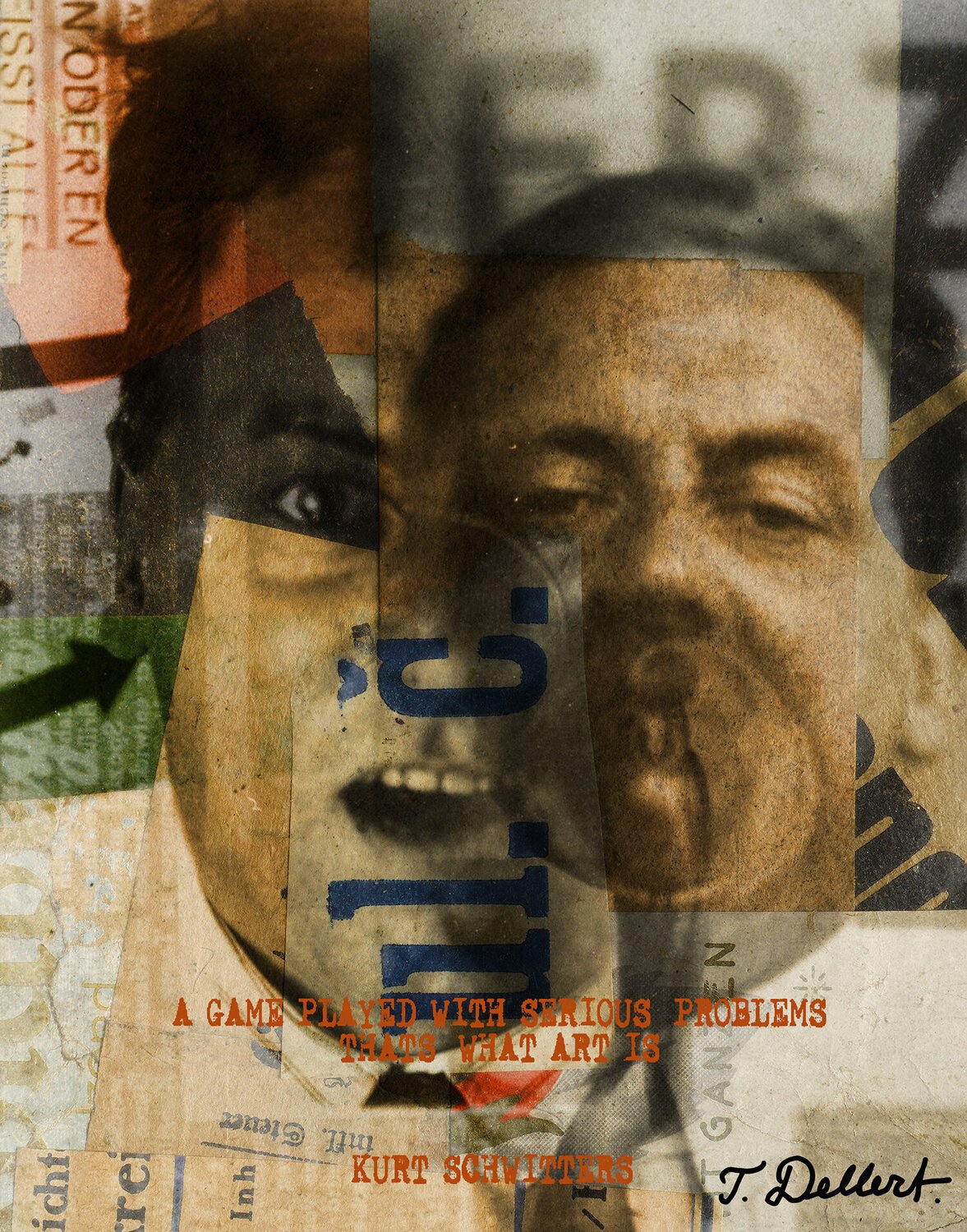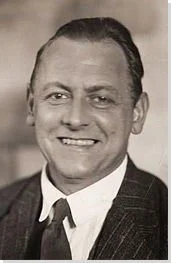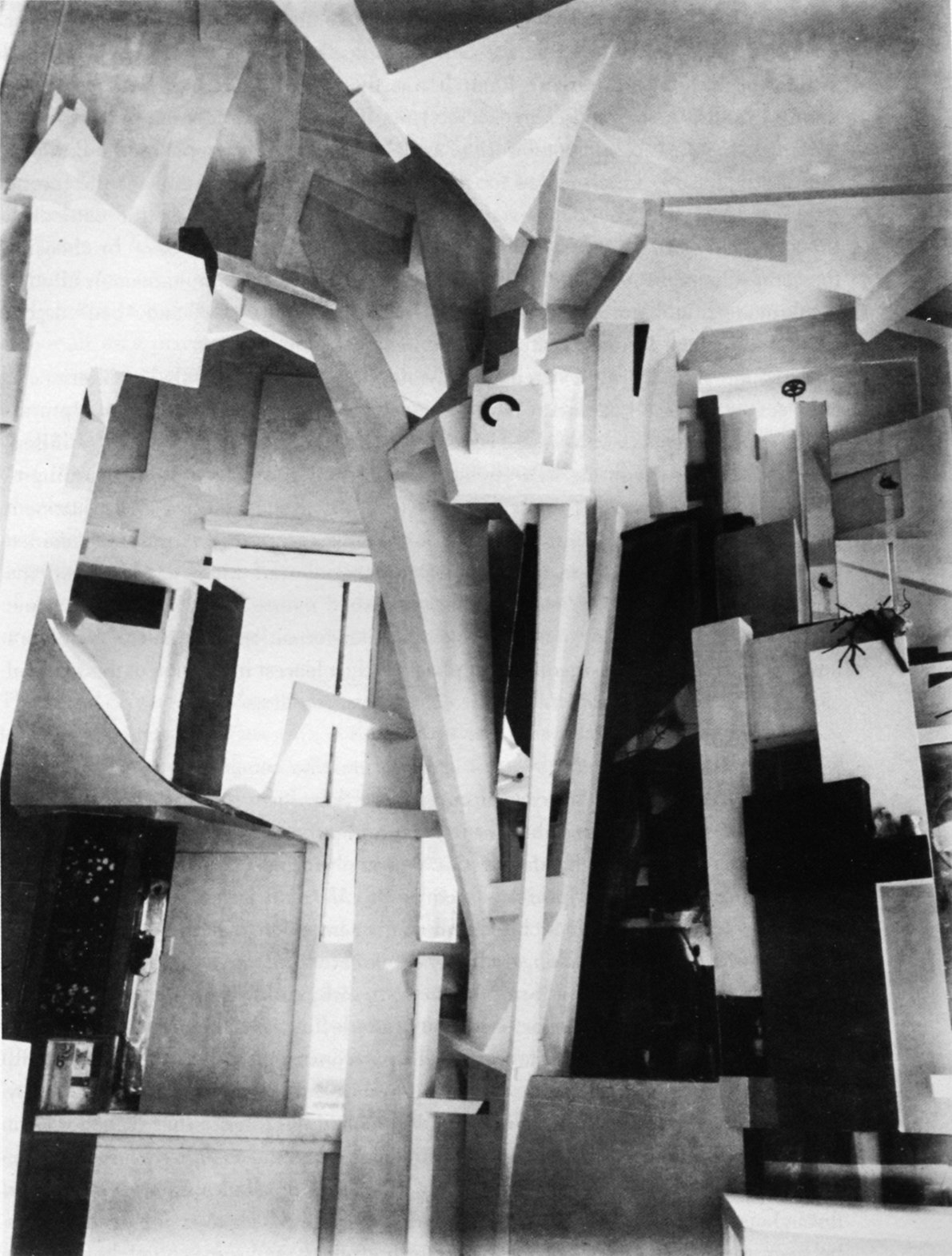
Kurt Schwitters
Kurt Schwitters was a German artist involved in both Dadaism and Constructivism. Schwitters is best known for his Merz and Merzbau works, which incorporated collage, found objects, typography, and sound poetry to construct unique compositions. In these works, the artist used magazine clippings, waste material, and other recycled items in an attempt to express the rapidly changing world. “I could see no reason why used tram tickets, bits of driftwood, buttons and old junk from attics and rubbish heaps should not serve well as materials for paintings,” he observed. “It is possible to cry out using bits of old rubbish, and that's what I did, gluing and nailing them together.” Born on June 20, 1887 in Hanover, Germany, he went on study art at the Dresden Academy alongside Otto Dix and George Grosz, however there is no evidence he knew them at the time. Returning to his hometown, the artist worked largely in a Cubist and Post-Impressionist style until being conscripted into the German army during World War I. Exempt from active duty because of his epilepsy, Schwitters worked as a draftsman in a machine factory, an experience which inspired his thought that inanimate objects embodied the soul of humanity. After the war, the artist moved to Berlin where he came into contact with Hannah Hoch, Raoul Hausmann, and Hans Arp. Schwitters would go on to absorb the influences of El Lissitzky and Piet Mondriann, while producing some his first Merz works and Ursonate poems. After a confrontation with the Gestapo, the artist fled the Nazi regime to Norway in 1937, later settling in the England. He died on January 8, 1948 in Kendal, United Kingdom. Today, Schwitters’s works are held in the collections of The Museum of Modern Art in New York, the Tate Gallery in London, and the National Gallery of Art in Washington, D.C., among others.
Credit artnet.com




